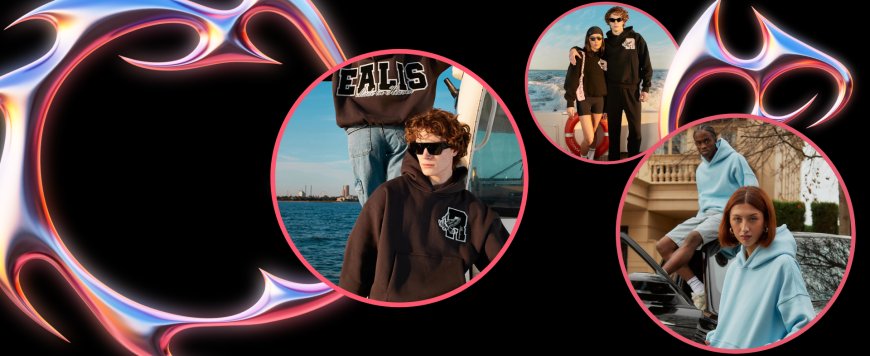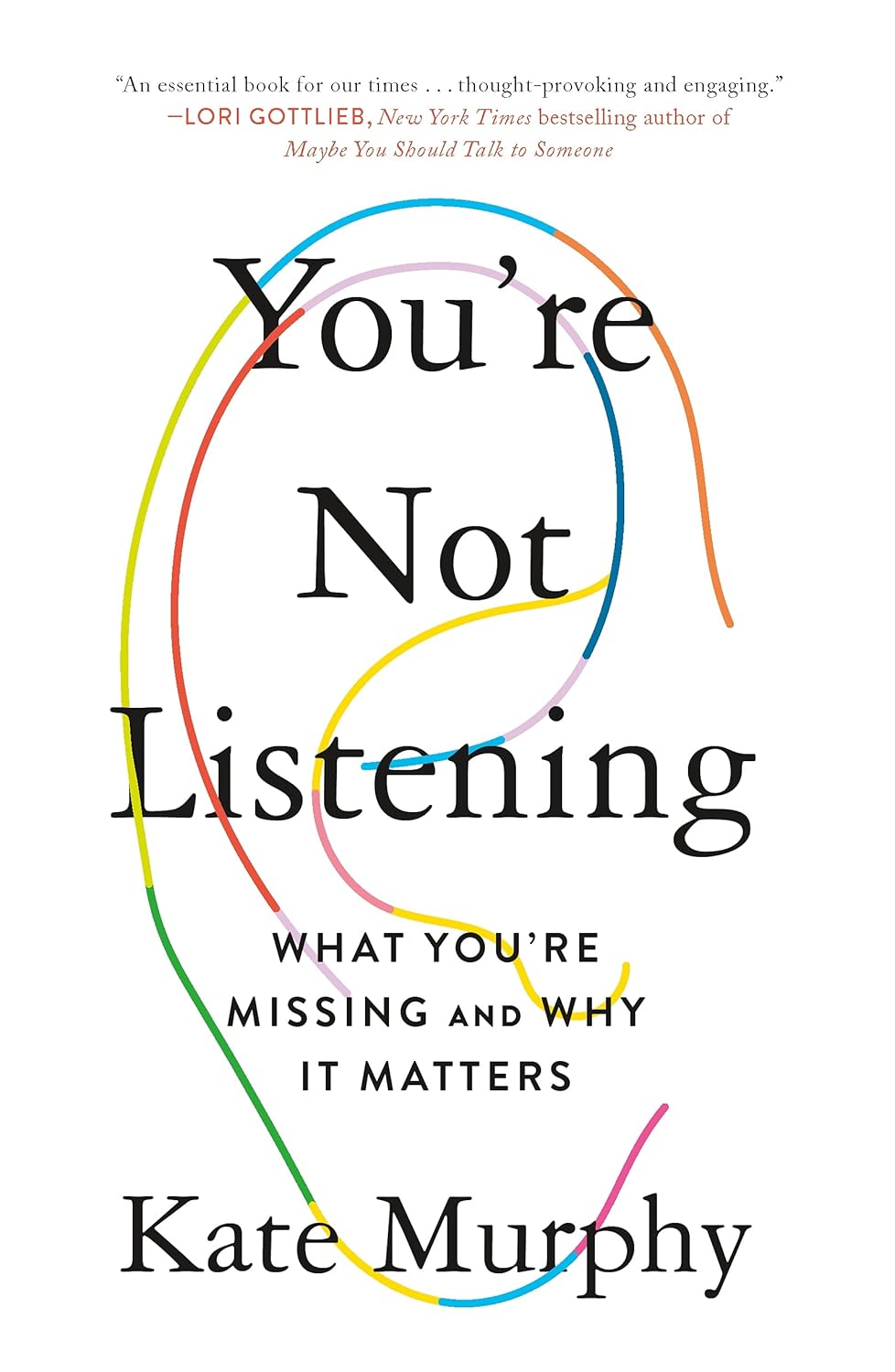Realism Clothing: A Detailed Exploration of Fashion Grounded in Reality
Elevate your style with Realism Clothing—where modern design meets everyday comfort. Authentic, bold, and made for those who wear their truth.

In the ever-evolving world of fashion, where trends can sometimes appear fleeting or avant-garde, Realism Clothing stands as a grounded and purposeful movement. Rooted in authenticity, practicality, and honest representation, Realism Clothing offers a refreshing counter-narrative to extravagance and unattainable ideals. This article delves into the concept, history, aesthetics, cultural significance, and future of Realism Clothing, highlighting its importance in modern fashion discourse.
What is Realism Clothing?
Realism Clothing is a style philosophy that prioritizes authenticity, functionality, and truth in fashion. Rather than relying on exaggerated or highly stylized designs, this approach embraces clothing that reflects everyday life, genuine human experiences, and practical needs. It focuses on garments that are designed to be worn, not just displayed, and emphasizes simplicity, comfort, and relatability over fantasy and spectacle.
The term draws inspiration from the broader Realism movement in art and literature, which emerged in the 19th century as a reaction to Romanticism. Just as realist painters and writers sought to depict ordinary people and real-life situations, Realism Clothing aims to represent the human experience honestly through fashion.
Historical Roots and Influences
The concept of Realism in clothing can be traced back to several key historical moments. During the Industrial Revolution, working-class clothing was defined by durability and utility—qualities that are central to Realism Clothing. Artists like Gustave Courbet and writers like Émile Zola used visual and literary language to portray workers, farmers, and urban dwellers in their natural attire, emphasizing realism over idealization.
In the 20th century, fashion designers such as Coco Chanel and Yohji Yamamoto challenged the norms of decorative fashion by introducing more functional, minimalist designs. Chanel's relaxed silhouettes and Yamamoto’s monochromatic aesthetics emphasized form and utility over ornamentation—key traits of realism in fashion.
The post-war era also saw a turn toward more pragmatic dressing. Workwear, military surplus, and utilitarian aesthetics became widespread, reflecting a world shaped by necessity and rebuilding. These influences laid the groundwork for today’s Realism Clothing ethos.
Core Aesthetics of Realism Clothing
Realism hoodie is not about dullness or lack of creativity—it’s about designing with intention and empathy. The aesthetic includes:
-
Neutral and Earthy Tones: Colors like beige, olive, navy, gray, and white dominate the palette, reflecting natural elements and human environments.
-
Minimalist Design: Clean lines, absence of loud logos, and simple silhouettes are key. The design avoids trends in favor of timelessness.
-
Functional Fabrics: Realism Clothing uses breathable, durable materials like cotton, denim, wool, and linen. Sustainability and ethical sourcing are often prioritized.
-
Versatility: Clothing is often designed to be mixed and matched, layered, or worn in multiple settings—from work to casual outings.
-
Relatable Representation: Brands focused on realism often use diverse models of different sizes, ages, and backgrounds, presenting fashion as accessible and inclusive.
Realism Clothing vs. Fast Fashion and High Fashion
Realism Jumper stands in stark contrast to both fast fashion and high couture. While fast fashion prioritizes speed and cost at the expense of quality and ethics, realism values longevity and transparency. On the other end of the spectrum, high fashion often explores the imaginative, extravagant, or even impractical—offering artistic expression that may not translate to everyday wear.
Realism Clothing fills the middle ground. It’s wearable yet thoughtful, fashionable without being flashy. It doesn’t chase trends, but it doesn't ignore aesthetics either. Instead, it celebrates a quiet, grounded elegance that connects with real lives.
Cultural and Social Significance
The rise of Realism Clothing aligns with a broader cultural shift toward authenticity and sustainability. In a world increasingly driven by curated digital personas and influencer culture, people are yearning for something real. The pandemic further intensified this shift, as the global focus turned toward comfort, home life, and emotional wellness—driving a preference for clothes that reflect these values.
Realism Clothing also intersects with social movements that advocate for body positivity, diversity, and ethical production. By rejecting unattainable beauty standards and unsustainable fashion cycles, the realism movement supports a more inclusive and responsible fashion industry.
Brands that align with this philosophy often build communities around transparency, storytelling, and shared values. They prioritize real customer feedback over runway spectacles and focus on clothing that speaks to everyday challenges and joys.
Examples of Realism Clothing in Practice
Some emerging and established brands are embracing this ethos:
-
Everlane emphasizes transparency in pricing and production, offering timeless basics made from sustainable materials.
-
Uniqlo focuses on functional, affordable clothing with a minimalist design.
-
Arket and COS (by H&M Group) offer elevated everyday essentials with Scandinavian influences.
-
Realism Clothing (if this is your brand) could position itself within this lineage, offering style that reflects and empowers real people.
Additionally, independent designers and local artisans contribute to the realism movement by creating clothing tailored to specific community needs and cultural identities.
Future of Realism Clothing
As consumers become more informed and conscientious, the demand for realism in fashion is likely to grow. AI-driven personalization, sustainable technology, and circular fashion practices may further enhance the reach and relevance of Realism Clothing. Brands that authentically align their values with those of their audience will continue to thrive.
Moreover, in an age of virtual influencers and digital fashion, the need for grounded, human-centered design is more crucial than ever. Realism Clothing is not just a trend—it’s a response to the collective desire for authenticity, mindfulness, and meaning in what we wear.
Conclusion
Realism Clothing is more than a style—it’s a statement. It’s about dressing with purpose, rejecting illusion, and celebrating life as it is. In doing so, it creates space for honesty, sustainability, and diversity in fashion. As the industry continues to evolve, realism will remain a powerful and necessary force, reminding us that fashion, at its best, is not an escape from reality, but a reflection of it.



































































![https //g.co/recover for help [1-866-719-1006]](https://newsquo.com/uploads/images/202506/image_430x256_684949454da3e.jpg)
























![How Smart PMs Scale Their Careers in Any Org [TPG Live Recap]](https://tpgblog.com/wp-content/uploads/2025/06/2025-06-12-thumbnail-action.png?#)

















































